best tea of japan
Best Tea of Japan: The Ultimate Guide
Karina Ikedo
Posted on February 27, 2024
Share:
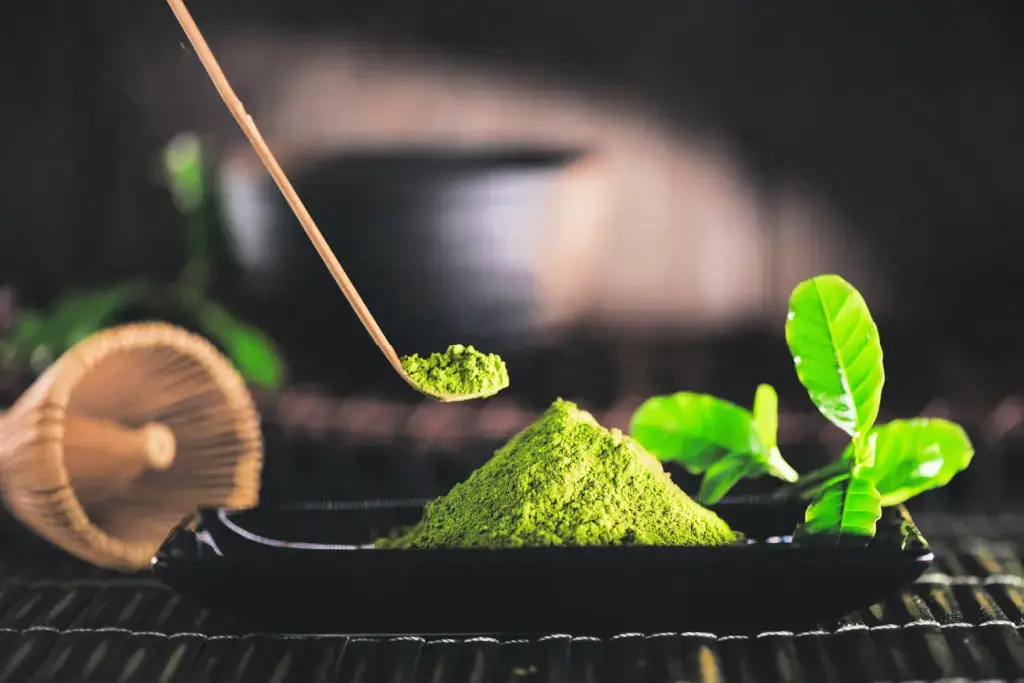
Tea is the most popular beverage in Japan and an essential part of Japanese food culture. Various beverages are widely available and consumed at any point of the day. Among the most famous places for tea cultivation are Shizuoka, Hokkaido, and Kyoto.
If you’re new to tea drinking, you might be surprised to see the different types of Japanese tea available. There’s a style for almost every taste and occasion. Each type also has its distinctive color, flavor, and aroma, making it a wonderfully versatile drink. Whether you’re a connoisseur or just beginning your journey, this article will enhance your appreciation of Japanese tea. Here are the best teas that you won’t regret trying!
Uji Matcha
Uji matcha is a premium green tea exclusively grown in Kyoto, Japan. It is known for its rich flavor, vibrant color, and high-quality production methods. Moreover, only the highest quality leaves are used for matcha. The leaves that are shaded from the sun for a few weeks before harvest. Then, they are carefully milled into a fine powder mixed with hot water.
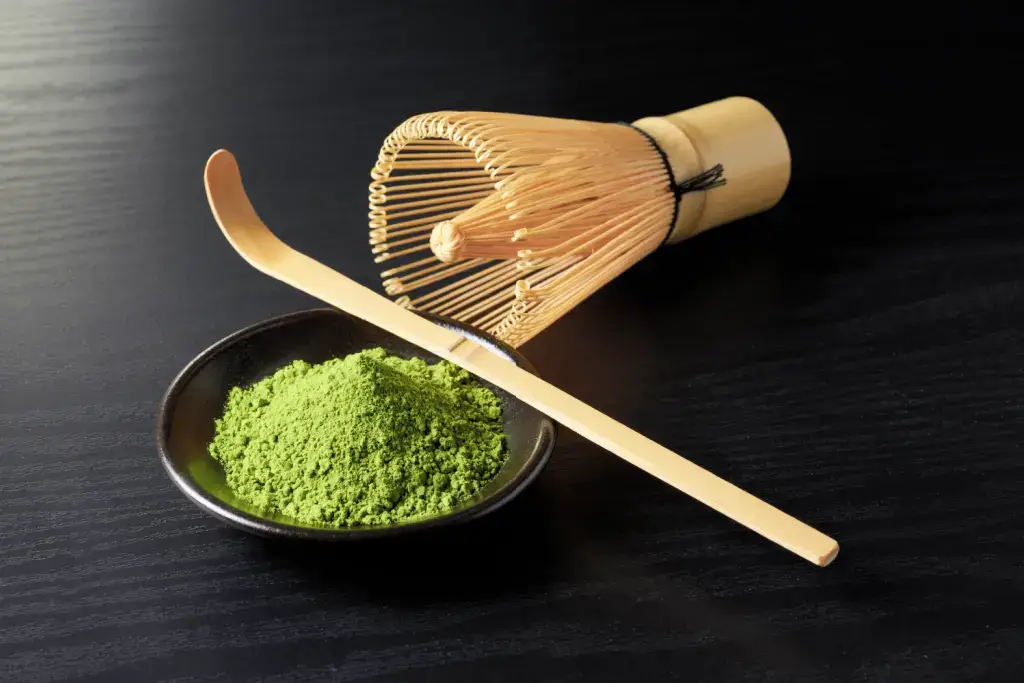
Uji Matcha uses traditional methods, which help to preserve its rich taste, vibrant color, and premium quality. Apart from being a drink, it can also flavor all sorts of sweet and savory foods. Best served in beautiful types of chawan (tea bowls).
The undoubtedly perfect place to try matcha is at a traditional Japanese tea ceremony. The ceremonial matcha is more than just powdered green tea. This vibrant Japanese green powder is whisked into a frothy, creamy beverage, rich in flavor and tradition. It’s an antioxidant powerhouse known for boosting concentration and calming the mind.
Wazuka Town Hojicha
Wazuka Town is one of the leading producers of hojicha (roasted Japanese green tea). It’s also located in the heart of southern Kyoto Prefecture, home to some of the finest matcha in Japan. Wazuka Town is responsible for half of the green tea production in the Kyoto Prefecture. So it goes without saying that it’s a big deal here.
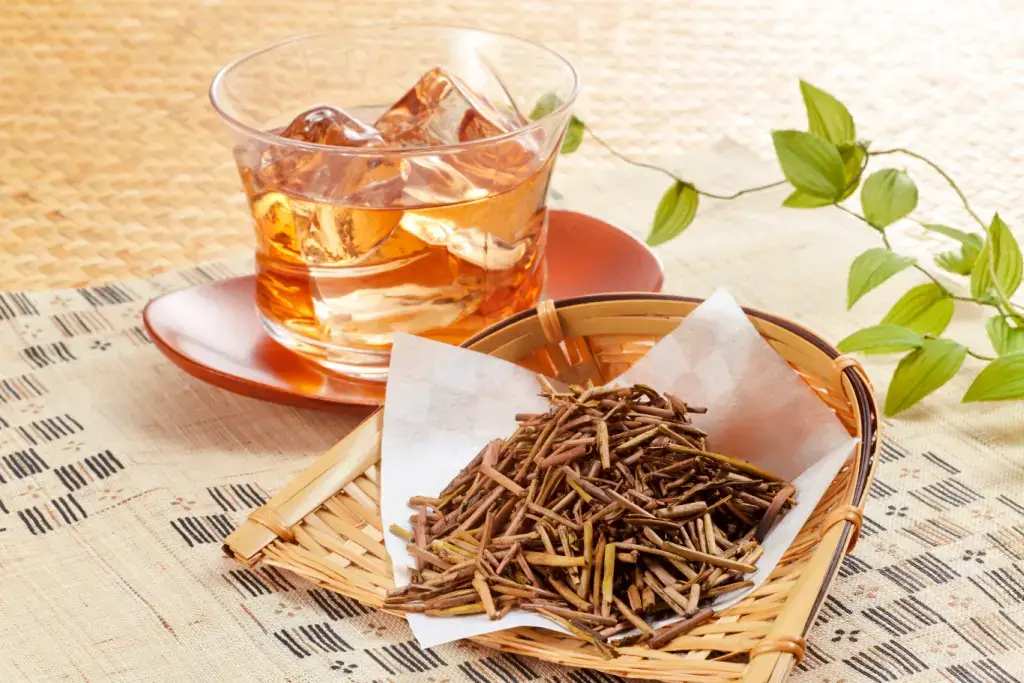
This tea is famous for its natural sweetness and earthy, grounding aroma. It has a nuanced and light toasty note. Hojicha is processed by roasting its leaves, giving them their characteristic reddish-brown color. The heat from the roasting makes hojicha with sweet, slightly caramel-like notes. The degree of roastiness in the aroma will depend on whether the tea is lightly or more deeply roasted.
Wazuka Town hojicha is a delightful tea with a refreshing and toasty taste and virtually no bitterness. The little caffeine also means you can enjoy this hojicha several times throughout the day. It makes it a great after-dinner drink due to its relaxing properties.
Are you looking for some of the best teas and snacks from across Japan? Check out Sakuraco! Sakuraco delivers traditional Japanese snacks, teas, sweets, and snacks from Japan to your door every month so that you can enjoy Japan’s taste anywhere!
Hokkaido Dattan Sobacha
Dattan sobacha is a roasted buckwheat tea that uses dattan soba (bitter buckwheat). Farmers mostly grow it in Shibetsu City of Hokkaido, a prefecture known for maintaining top agricultural standards. Dattan soba is a testament to the art of Japanese agriculture, offering a soothing evening brew.
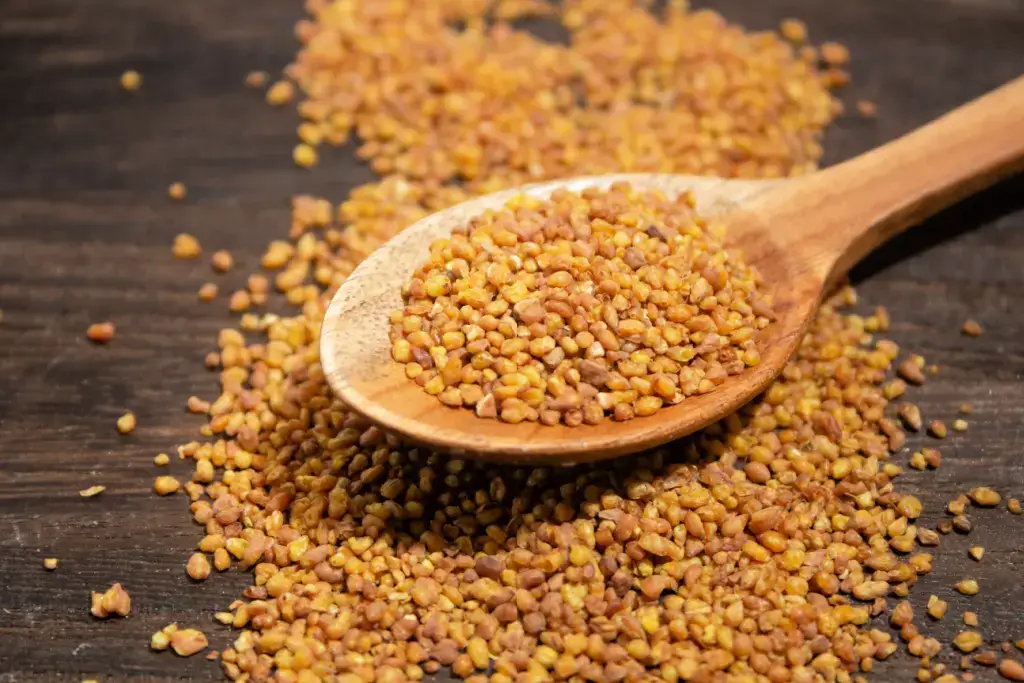
Sobacha is popular due to its impressive health benefits, such as regulating blood sugar levels and promoting good digestion. It’s higher in vitamin B1 and has approximately 100 times the amount of the nutrient rutin than regular soba. Rutin is an anti-inflammatory nutrient. Sobacha is also high in D-chiro-inositol, which can lower blood glucose levels and help protect against heart disease and diabetes. It also contains several antioxidants and minerals that can benefit immune function and control weight gain.
This one-of-a-kind drink is caffeine-free, and people can enjoy it hot or cold. Nutty, sweet, full of umami – it’s a delight for the senses. Generally, this tea brews a golden yellow. After drinking, you can also eat the kernels or add them to your salads, rice, and desserts.
Why should you try the best tea from Japan?
Aside from being famous for its quality, Japanese green teas are also renowned for their health benefits. Preparing and enjoying Japanese tea also encourages tranquility in our busy lives. More than a traditional beverage, Japanese teas are a cultural experience for tea drinkers.
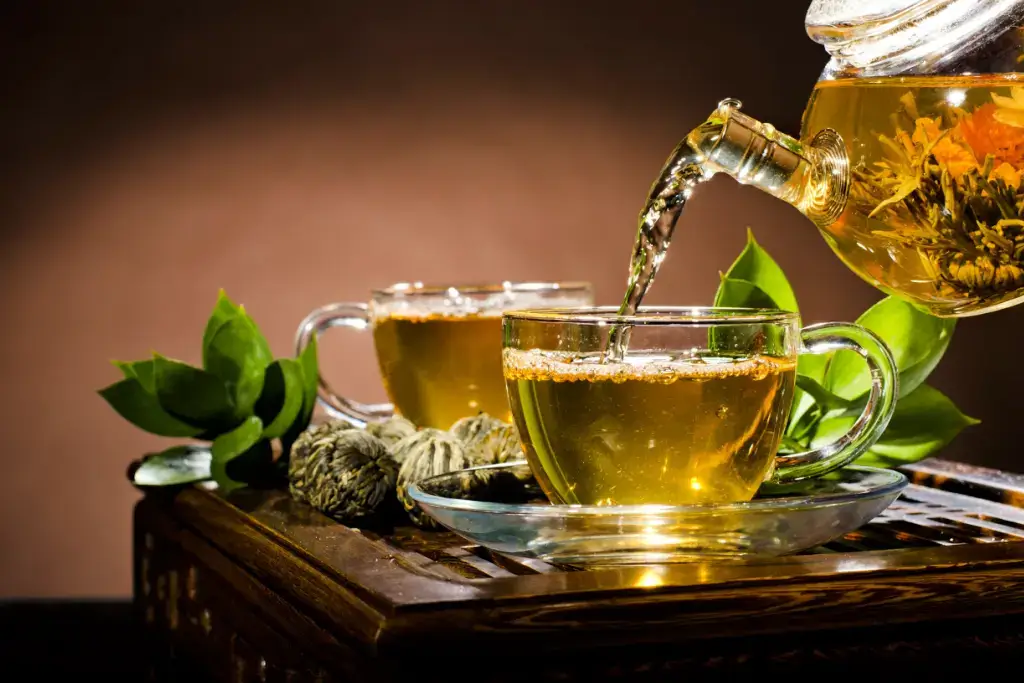
Moreover, each sip takes you on a journey through the gardens of Japan, offering a taste of its rich heritage. Each variety undoubtedly represents a different aspect of Japanese culture, from the ceremonial grace of matcha to the warmth of hojicha. Have you tried any of these Japanese teas? Do you have a favorite one? Let us know in the comments below!

Discover authentic flavors with Sakuraco
Get Sakuraco 

Discover authentic flavors with Sakuraco
Get Sakuraco 
Related Articles

Aaron and Claire Show Us How to Make Gyudon!
If you’re looking for a Japanese comfort food that’s quick, affordable, and full of flavor, Aaron and Claire have a great option. In this video, Aaron shows how to make Gyudon using ground beef instead of the usual thinly sliced beef.

Tonkatsu Luxury Restaurants: Best Ones to Try!
Don’t miss out on tonkatsu if you’re traveling to Japan! Tourists often add the meal to their must-eat list because of its delicious and satisfying nature. Even better, you can elevate the experience by going to luxury restaurants across Japan, where you can experience some of the most celebrated pork cutlets.

Mochi: How is Mochitsuki Made in Japan?
Mochitsuki is the Japanese tradition of pounding steamed rice to make mochi for the New Year. Families and neighbors gather to participate in this lively and meaningful tradition. The teamwork involved helps everyone feel a sense of connection.

Konpeito Candy: What Makes This Starry Treat Shine?
If you are a fan of the famous Demon Slayer series, then you probably know that the favorite treat of the adorable Nezuko Kamado is those tiny, colorful little sweets.



